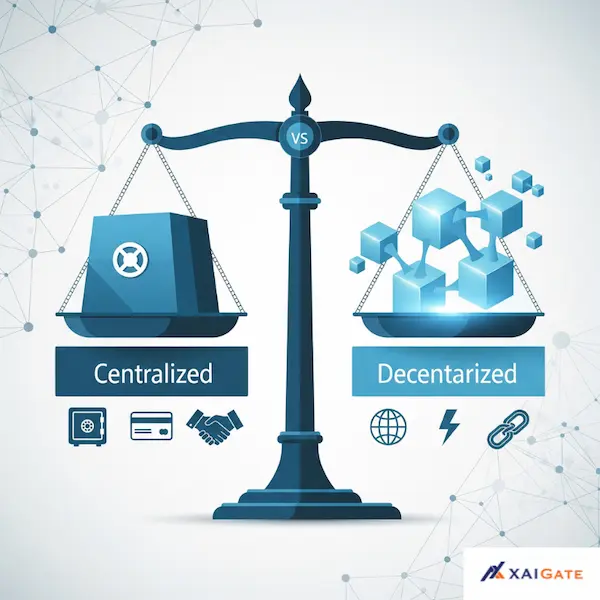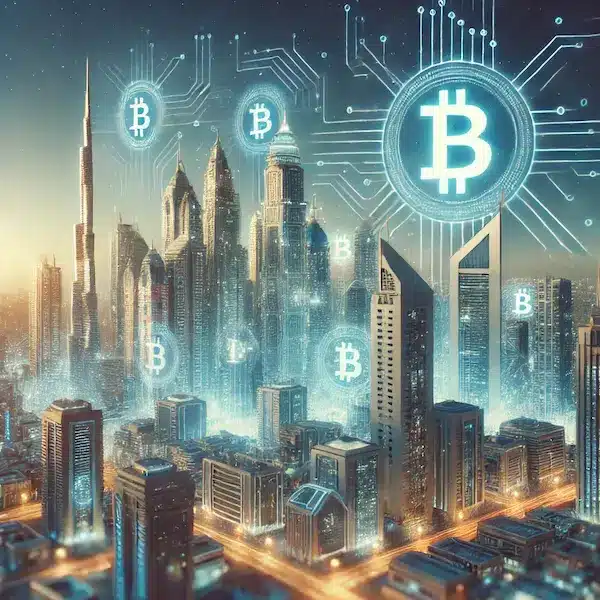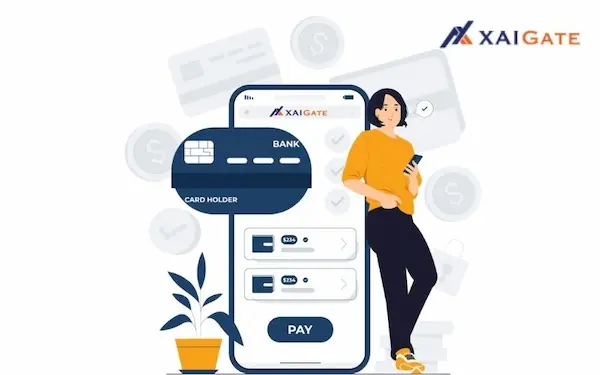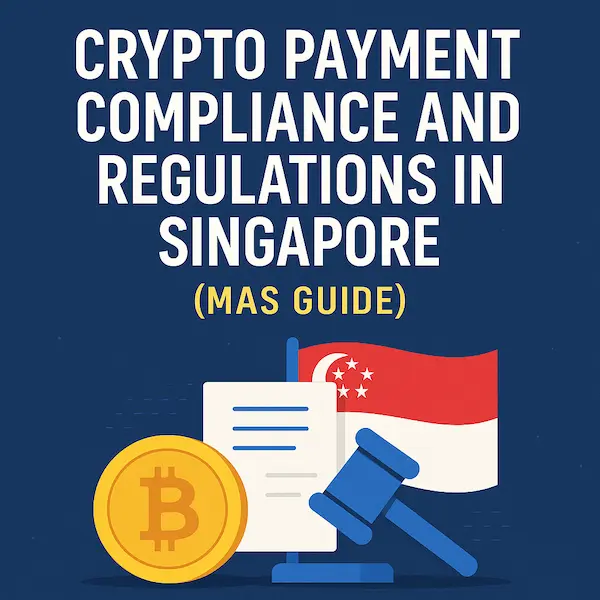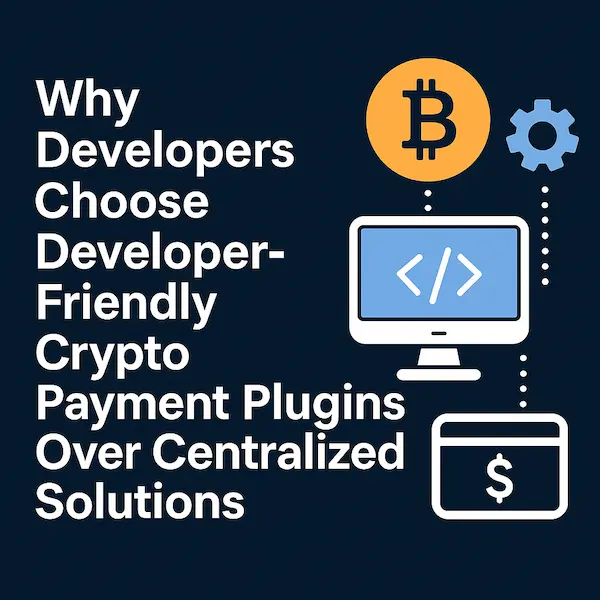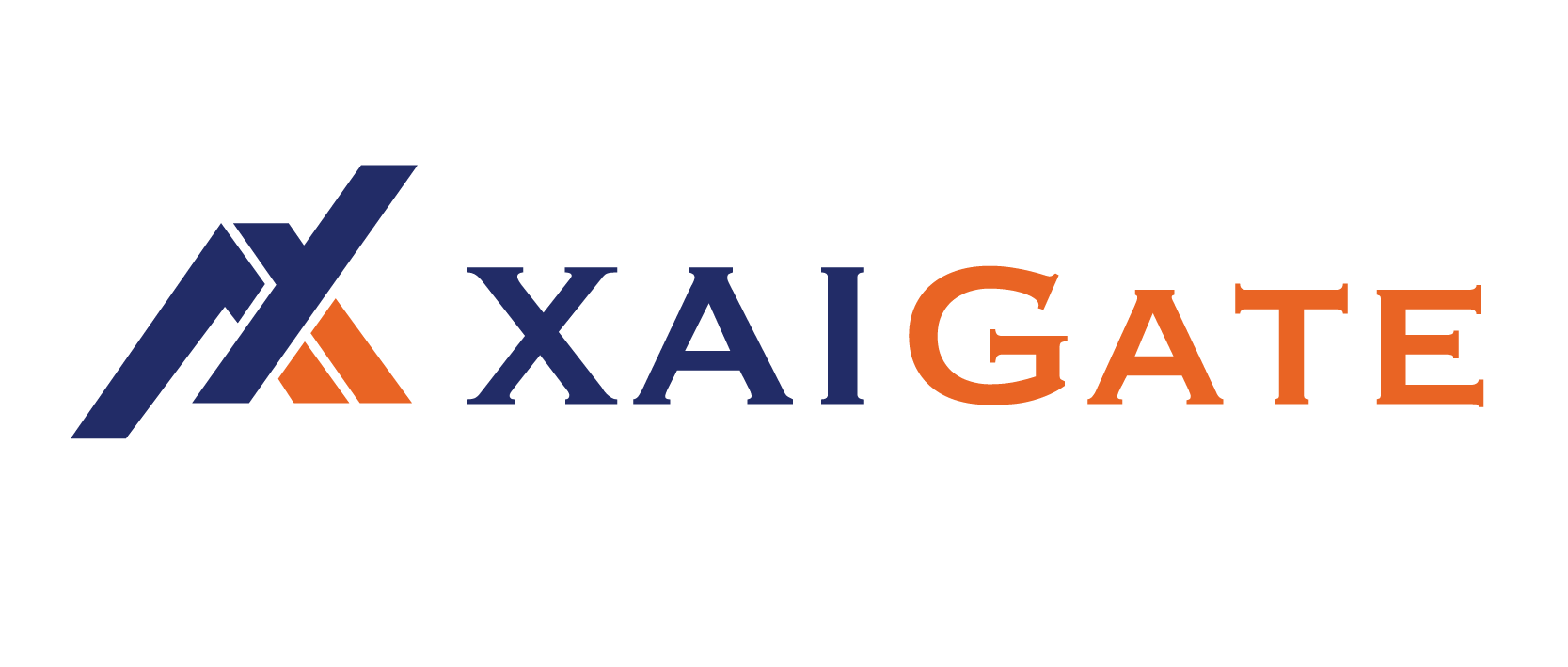In the fast-paced world of digital commerce, the method through which a business receives its payments can either make it or break it. Just so simply put, a payment gateway is what connects a customer and merchant bank account; choosing one is undoubtedly among the major decisions to be made by any business owner. However, with emerging technologies, you are no longer stuck in manufacturer provider A or provider B; rather, your decision ultimately comes down to two fundamentally different philosophies – on decentralized versus centralized payment gateway systems. But then again, which inspires confidence in your business? Let’s take a closer look at both models here and now discuss their advantages and disadvantages while also giving you an easy step-by-step guide on how to choose.
Contents
- 1 What is a Centralized Payment Gateway? A Closer Look at Traditional Systems
- 2 The Undeniable Benefits of a Centralized Payment Gateway
- 3 Exploring the World of Decentralized Payment Gateways
- 4 Head-to-Head: Centralized vs. Decentralized Payment Gateway Comparison
- 5 Final Verdict: Which Payment Gateway is Right for Your Business?
- 6 FAQs – Decentralized vs Centralized Payment Gateway
What is a Centralized Payment Gateway? A Closer Look at Traditional Systems
Think of it as the old, centralized online transaction management system that has been known and used. Such systems are run by a sole central authority, which typically is an esteemed financial institution, a payment processor, or a known tech company. More than often, when one uses a credit card for making an online purchase, he uses a centralized system. The payment information journeys from your computer to the payment gateway secure servers to your bank, to the merchant’s bank; everything about it is governed and monitored by the gateway provider.
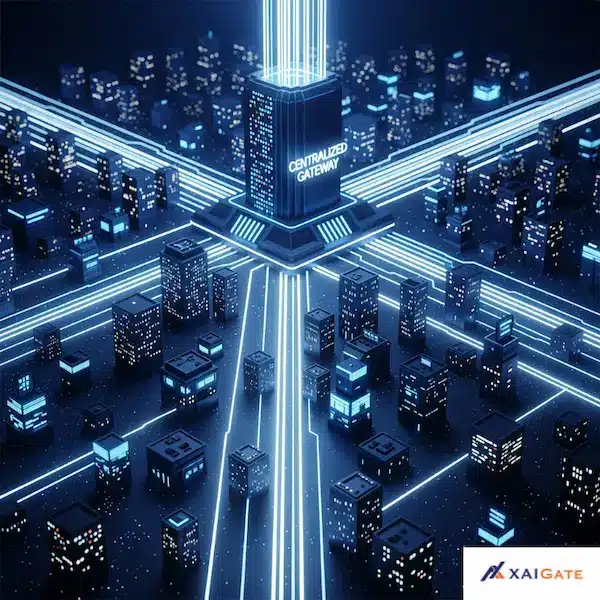
Understanding How a Centralized Payment Gateway Works
The main purpose of any centralized payment gateway is simply to act as a secure intermediary. Through encrypting sensitive cardholder data it holds, it forwards them for authorization to the acquiring bank, and communicates the result back to the merchant as well as the customer. All these which, at times, seem instant involve several checks and balances to verify that indeed, the transaction is legit. Its centralized control allows for such additional features as advanced fraud detection, chargeback management, and compliance with strict industry standards.
Key Players in the Centralized Payment Gateway Space
The dominance in the centralized payment gateway space is a few big players that one probably associates with already. It is Stripe, PayPal, Adyen, and Square which have built extremely robust, functional, and easy-to-use platforms that have become the core of modern e-commerce. These players provide the complete range from simple payment processing to subscription management as well as their well-developed tools for easy integration.
The Undeniable Benefits of a Centralized Payment Gateway
Much as the hype surrounds decentralized options, the centralized payment gateway model remains popular. Indeed, its benefits are manifold and, in most cases, businesses find them non-negotiable when it comes to matters of stability, security, and ease of use.
Security and Fraud Prevention The Gold Standard
Centralized gateways are considered the best practice in terms of security. They fall under tight regulation and have to observe such stringent protocols as those set by the Payment Card Industry Data Security Standard (PCI DSS). This gives a guarantee of strong encryption, tokenization, and fraud detection systems which most individual businesses would find too complex and expensive to build on their own and maintain. Such systems will be allowed to operate on a keen eye for any suspicious activity thereby offering protection to both the merchant and the customer against data breaches and fraudulent transactions. Centralized control enables security at its best with a level difficult to mimic.

Dependable and Scalable Solutions for Expanding Businesses
The major empowering factor for the centralized payment gateway is its enabling environment in terms of scalability and reliability. Such providers have already invested much in building infrastructure globally to support their operations with millions of transactions running per day. For a business that is on the growth path, a centralized gateway will give the assurance that once the transaction volume increases, it will scale up without any hitches; therefore, an increase in customers will not result in any crashing at the checkout. This reliability goes a long way in keeping customer trust and lost sales.
Easier Compliance and Following Rules
Centralized gateways take on the heavy burden of compliance. They make sure that every transaction falls within local and international laws, including Anti-Money Laundering (AML) and Know Your Customer (KYC) regulations. This liberates businesses from having to be involved with the nitty-gritty details of the constantly changing legal requirements. That way, they can concern themselves with getting back to what they do best running their operations.
Centralized vs. Decentralized Payment Gateways – Key Differences
| Feature | Centralized Gateway | Decentralized Gateway (Blockchain-based) |
|---|---|---|
| Ownership & Control | Managed by a single authority such as a bank or payment processor (e.g., PayPal, Stripe) | Operates on a peer-to-peer blockchain network with no single point of control |
| Transaction Speed | Often slower due to banking hours, intermediaries, and manual checks | Near-instant settlement thanks to automated blockchain consensus mechanisms |
| Cost Structure | Includes processing fees, percentage cuts, and service charges | Minimal costs — primarily network gas or validator fees |
| Security Model | Relies on centralized fraud detection, encryption, and compliance systems | Secured by cryptography and distributed ledgers; no retroactive chargebacks |
| Scalability Potential | Well-established infrastructure supports massive transaction volumes daily | Limited by blockchain throughput, though Layer-2 and scaling solutions are improving |
| Supported Assets | Primarily fiat currencies with regulated exchange networks | Primarily cryptocurrencies and stablecoins, enabling borderless transactions |
| User Experience | Polished interfaces, easy onboarding, responsive customer service | May require technical knowledge; community-driven support is common |
| Compliance & Regulation | Fully governed by financial regulations (KYC, AML) | Legal landscape is evolving; compliance varies widely by jurisdiction |
| Risk Factors | Vulnerable to single point of failure or corporate policy changes | Market volatility, smart contract bugs, and unclear legal protections |
Exploring the World of Decentralized Payment Gateways
Decentralized payment gateways come in as a direct response to all the limitations and costs of using the traditional, centralized model. Built at the very heart of it all is blockchain technology; build a peer-to-peer (P2P) network so that transactions can be executed without any central intermediary.
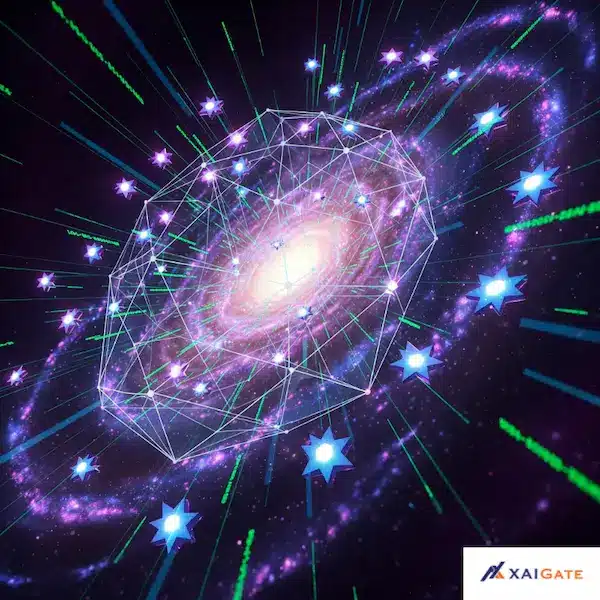
Decentralized gateways run on distributed ledgers, the most popular being blockchain. Rather than having one central company validate and process payments, work gets shared by a whole network of computers also known as nodes. When a transaction starts it gets sent out to the whole network where through a consensus mechanism among these nodes validation takes place. Once validated it’s added into a block onto an open to all public ledger. This makes for extreme transparency plus immutability meaning no one can change or reverse the transaction once it’s on chain.
Advantages of Decentralized Systems: Faster, Cheaper, and More Global
Decentralized gateways have started gaining much ground for very obvious and compelling reasons.
- Lower Fees: Because there is no middleman—banks, payment processors, etc.—decentralized systems usually come with overwhelmingly low transaction fees. A percentage-based fee plus a fixed fee are replaced by what is often just a small network fee.
- Faster Settlement: Bank transfers take several days to finally settle, particularly if it is an international payment. It may take minutes or even seconds for transactions based on blockchains to settle, thereby dramatically improving the cash flow situation of a business.
- Global Accessibility: Decentralized systems have no borders. They do not depend on national banking infrastructures and thus come out as an ideal solution for cross-border payments and getting customers in regions where traditional banking services are unavailable.
- Elimination of Chargebacks: Since blockchain transactions are not capable of being reversed, the risk associated with fraudulent chargebacks is reduced by nearly a hundred percent, which happens to be one of the major pain points for e-commerce merchants.
Decentralized Gateways’ Place in the Digital Economy
Bitcoin, Ethereum, and all other cryptocurrencies gave birth to decentralized payment gateways. These gateways are not only servicing crypto-native businesses but also traditional firms willing to cut costs aggressively and experience accelerated transactions while being able to access a new customer segment. Though the technology is still on its way to full maturity, there is an undeniable potential for disruption in the financial industry.
Head-to-Head: Centralized vs. Decentralized Payment Gateway Comparison
Here’s a quick look at the core differences between the two once we put them side by side. This would help you understand the trade-offs and make a decision that lies in line with your business’s priorities.
A Quick Look at the Core Differences
| Feature | Centralized Payment Gateway | Decentralized Payment Gateway |
| Control | Single, central authority (bank, processor) | Distributed network of nodes (blockchain) |
| Transaction Speed | Slower (hours to days for settlement) | Faster (minutes to seconds) |
| Fees | Percentage based, fixed and monthly fees | Typically lower network fees |
| Security | Centralized fraud detection, PCI compliance | Cryptographic security. The blockchain is an immutable ledger |
| Chargebacks | Are possible, but this requires particular processes | Generally not possible (irreversible) |
| Currency | Fiat currencies (USD, EUR, etc.) | Cryptocurrencies (BTC, ETH, etc.) and stablecoins |
| Regulation | Highly regulated and compliant | Emerging and perhaps more uncertain regulatory landscape for most |
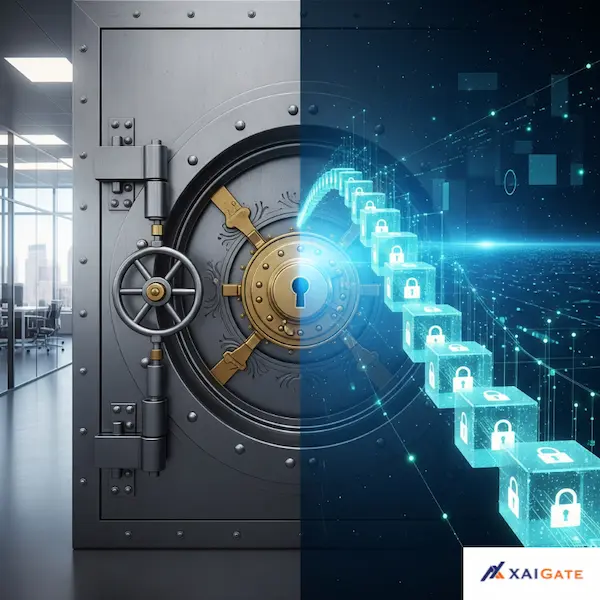
Key Factors to Consider When Choosing Your Gateway
Selecting a payment gateway is not something universal. One has to see what is more important to the business.
Transaction Fees, Processing Speed, and Chargebacks
- Transaction Fees: How much of your money are you willing to spend on payment processing? If you process a high volume of micro transactions, you may find the lower charges of a decentralized gateway very attractive. However, the cost of a centralized payment gateway carries with it a predictable fee structure and a host of value-added services.
- Processing Speed: Do customers these days expect everything and expect it now? For a digital-first business selling virtual goods, near-instant settlement from a decentralized system could offer a serious competitive advantage.
- Chargebacks: Does your industry expose you to a high degree of risk, leaving you open to chargebacks? The decentralized nature of transactions is chargeback-proof and can save you many headaches and much lost revenue.
Security, Control, and Customer Support
How important is regulatory compliance and advanced fraud detection to your business? A payment gateway should not be a payment processor. Security should be left to the experts. All in all, even though the blockchain is secure by design, the regulatory and business infrastructure supporting decentralized gateways remains a work in progress.
- Ownership: Do you really hold full ownership of your funds and effective control over all the transactions you make? This decentralized gateway allows you to have complete control over the keys to your wallet, hence total autonomy. In a centralized system, the provider actually holds your funds for a time and would freeze or reverse your transactions should they see the need.
- Support: Simple. What happens when something goes wrong, and you need help? This way, centralized gateways have dedicated customer service: something that, otherwise, in decentralized systems, ends up being community forums and online documentation- a steep learning curve for businesses.
Comparison Based on Business Priorities
| If Your Priority Is… | You Should Lean Towards… | Why? |
| Security and Compliance | Centralized Payment Gateway | Adheres to strict regulations (PCI DSS), offers advanced fraud tools, and provides dedicated support. |
| Lower Transaction Costs | Decentralized Payment Gateway | Cuts out middlemen, resulting in significantly lower fees per transaction. |
| Global Reach | Decentralized Payment Gateway | Bypasses national banking systems, allowing for seamless cross-border payments. |
| Customer Service & Ease of Use | Centralized Payment Gateway | User-friendly interfaces, extensive documentation, and human-powered support. |
| Avoiding Chargebacks | Decentralized Payment Gateway | Transactions are irreversible on the blockchain, eliminating chargeback risk. |
| Scalability & Reliability | Centralized Payment Gateway | Built on a robust, established infrastructure that can handle massive transaction volumes. |
Accelerate your entry into the digital economy with XaiGate, the trusted crypto payment gateway for worldwide businesses.
Final Verdict: Which Payment Gateway is Right for Your Business?
In the end, it is a strategic decision of centralized vs decentralized payment gateways that falls in line with your business model, target audience, and long-term goals. Some simple words for traditional e-commerce stores and SaaS companies as well as those who prioritize security, reliability, and ease of use- stick to centralized payment gateway because they are still safer and more practical choices. They offer you a proven ecosystem with comprehensive tools backed up by strong customer support plus a level of regulatory compliance that is hard to beat anywhere else.
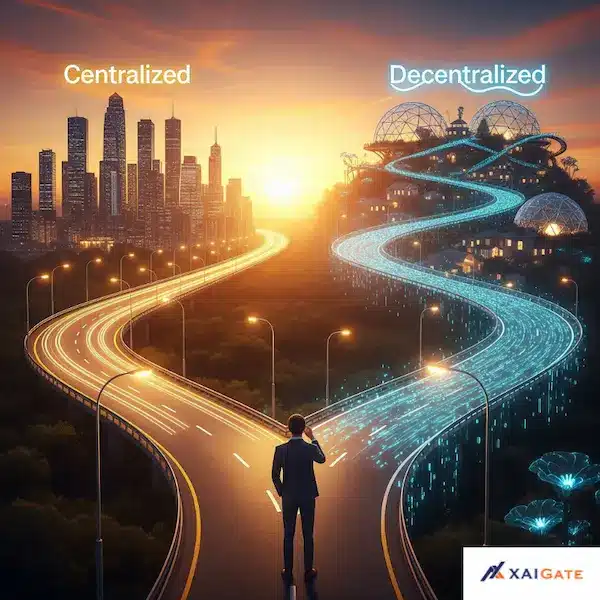
Though if you are a futuristic enterprise in the digital economy, or one that works cross borders, or even one handling a high number of small transactions where fees can easily eat into the profits, then perhaps a decentralized gateway would be of great use to you. Lower fees, faster settlements with no possibility of chargebacks could make you stand out from your competition.
The payments world has grown. It is no longer about accepting credit cards; it is about getting the appropriate solution that empowers your business to grow, adapt, and succeed in a global digital landscape. Weigh the advantages and disadvantages of both centralized and decentralized models carefully. This sets you up for long-term success.
Ready to level up your payments?
With Xaigate, you do not just select a payment gateway, but speed, and security, and flexibility in this new digital age. Be it the traditional centralized systems or the revolutionary decentralized blockchain solutions that you trust more, with Xaigate you can receive payments at any place and time with minimum fees involved and no complications to deal with.
FAQs – Decentralized vs Centralized Payment Gateway
1. What’s the difference between a decentralized and a centralized payment gateway?
A centralized gateway relies on a central authority to process payments, while a decentralized one operates peer-to-peer via blockchain without intermediaries.
2. Why might decentralized gateways offer lower fees compared to centralized systems?
They cut out middlemen, reducing transaction and exchange costs, which can translate into lower fees overall.
3. Are decentralized payment gateways more secure than centralized ones?
Because they distribute data across nodes and lack a single point of failure, decentralized gateways tend to be more resilient against hacks.
4. Can centralized gateways process transactions faster than decentralized ones?
Often yes—centralized systems benefit from optimized infrastructure, so they typically settle transactions faster and more predictably.
5. Do decentralized gateways offer more privacy?
Yes—because they work via distributed ledger technology, they can offer greater anonymity than gateways controlled by a central operator.
6. Which is easier to regulate: centralized or decentralized gateways?
Centralized gateways are easier to regulate due to clear control and accountability, while decentralized ones pose more challenges.
7. Can businesses combine both decentralized and centralized payment gateways?
Yes—many opt for a hybrid approach, using centralized systems for large regulated payments and decentralized ones for efficient, frequent transactions.
8. What risks are associated with decentralized payment gateways?
They may face scalability issues, regulatory uncertainty, and potential vulnerabilities in smart contracts or blockchain code.
9. How do decentralized gateways support cross-border transactions better?
They remove traditional banking intermediaries and currency conversions, enabling near-instant, lower-cost global transfers.
10. Which payment gateway type should I choose for my e-commerce site?
It depends on your needs—centralized gateways may be better for speed and compliance, while decentralized ones excel in global reach and cost efficiency.
Begin receiving international payments right now – go to Xaigate.com and set up your account within minutes!

